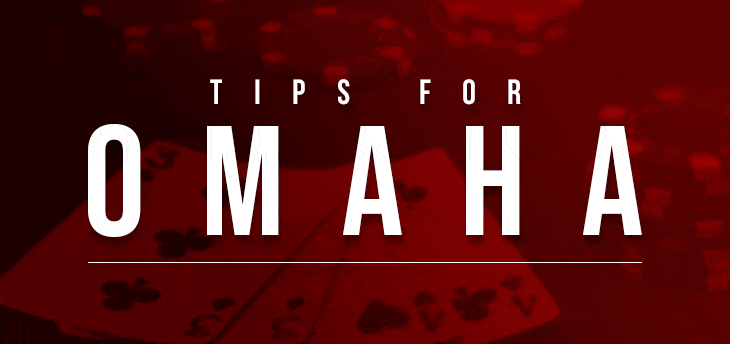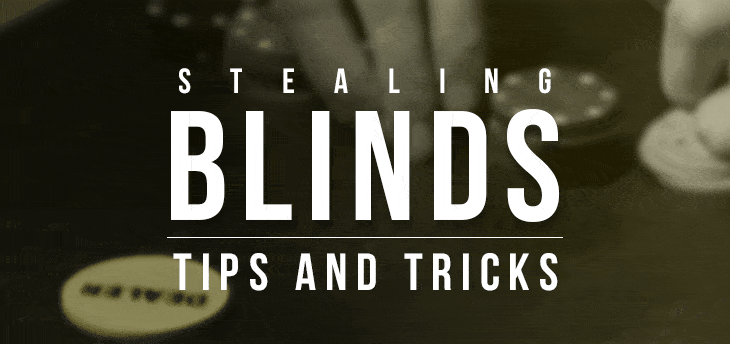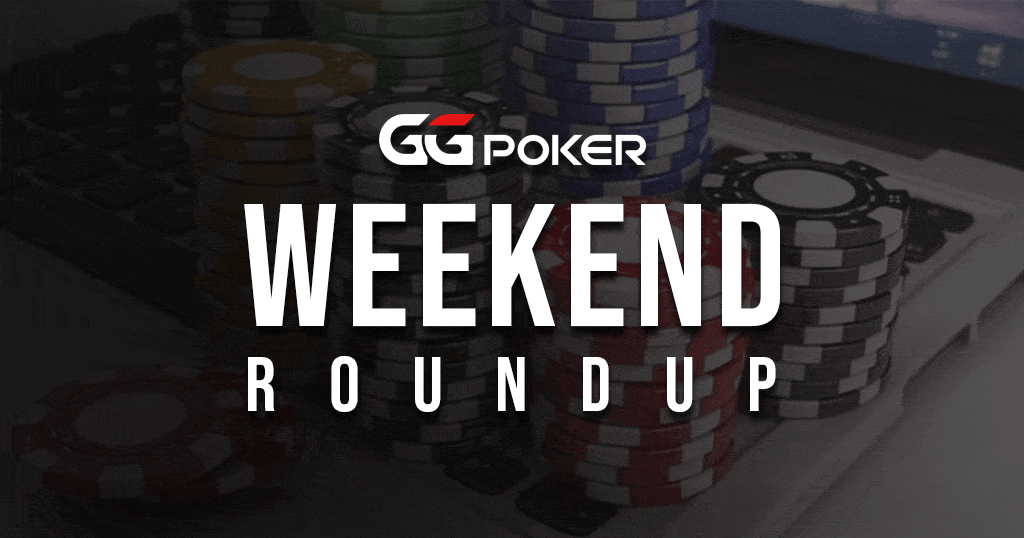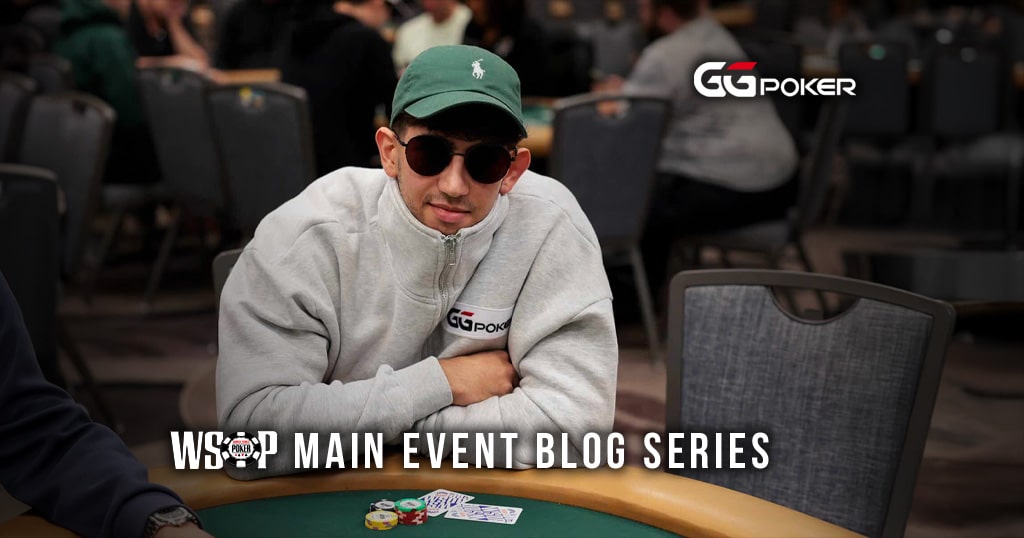Poker Range: Becoming a More Unpredictable Player

Well, well, well, dear reader, you’ve stumbled upon a golden goose of poker wisdom. You’re about to embark on a trip that will take you from being a predictable poker player to a master of unpredictability. Ready to shuffle up and deal? Let’s dive right in!
Understanding Poker Range
First things first, what exactly is a poker range? In the world of poker, range refers to the set of hands that a player might have in a particular situation. Understanding the range helps in different betting rounds, as it allows players to make informed decisions before and after dealing community cards. It’s like a magician’s hat filled with tricks, and you never know which one they’ll pull out next. But how do you balance this range to become more unpredictable? Ah, that’s where the fun begins!
Imagine you’re always playing the same hand the same way, Well congratulations, you’ve become too predictable. Your opponents will catch on, and you’ll be as easy to read as a children’s book. Balancing your poker range is about mixing things up, keeping your opponents guessing, and having a good laugh while you’re at it.
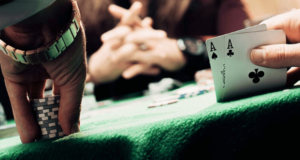
The Art of Being Unpredictable: It’s Not Just a Bluff!
Unpredictability in poker isn’t just about bluffing or going all in. It’s about playing a variety of hands in different ways. Think of it as a dance where you lead your opponents one way, then twirl them around and send them off in another direction. Confused? Good, that’s the point!
- Play Every Hand Differently: Sometimes raise, sometimes call, sometimes fold. Keep ’em guessing!
- Change Your Style: Play tight, play loose, play somewhere in between. Just don’t play the same way all the time. The perception of your play style by other players can significantly affect your strategy.
- Use Your Table Image: If they think you’re conservative, get wild. If they think you’re wild, get conservative. It’s like a poker masquerade ball!
Remember, the key is not to become a wild, erratic player but to add layers of complexity to your game. You want to be the riddle they can’t solve, not the joker who’s just throwing chips around.
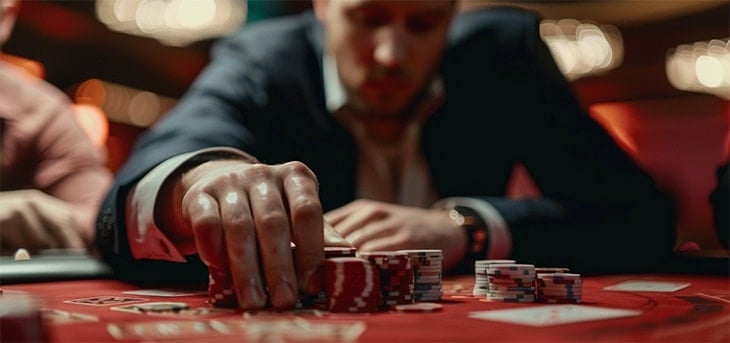
Examples That Will Make You Say “Aha!”
Let’s take a look at some real-life examples that will make this concept of balancing your poker range as clear as a freshly polished poker chip.
Example 1: The Unexpected Check-Raise
Imagine you’re in a late position in a no-limit hold’em game. For most of the night, you’ve played a relatively tight-aggressive game, selecting strong starting hands and making decisive bets post-flop. This time, you’re dealt a hand like 7♠8♠, a speculative but playable hand. Several players limp in, and you decide to call, disguising the strength of your speculative hand.
The flop comes 6♠9♠2♥, giving you a flush draw and a straight draw—a monster draw but still not a made hand. The first player to act makes a standard bet, and two players call. Instead of just calling with your draw, you put in a substantial raise. This move is unexpected based on your previous tight play, leading your opponents to believe you’ve hit a big hand on the flop, possibly two pairs or a set, and might force folds from made hands or hands drawing to beat you.
Example 2: Slow-playing Aces
You’ve been the most aggressive player at the table, frequently raising pre-flop and continuing your aggression across later streets. Your opponents have noticed and are wary of getting into big pots against you without strong hands. You find yourself with A♠A♣ in an early position, a prime opportunity for a big pre-flop raise under normal circumstances. However, considering your aggressive image, you choose to just limp in, hoping to disguise the strength of your hand. The importance of the two cards dealt to each player at the beginning cannot be overstated, as they set the stage for the entire hand.
Post-flop, the board comes relatively benign, with low, disconnected cards. It checks to you, and you decide to continue the deception by checking again, encouraging someone behind you to take a stab at the pot. As expected, a player in late position, interpreting your check as weakness, makes a sizeable bet. Others fold, and you call. The turn and river are inconsequential, and you maintain your passive facade, leading your opponent to make aggressive bets into you, which you call. The final betting round is crucial here, as it allows you to capitalize on your opponent’s perception and secure the pot. At showdown, your aces hold up against your opponent’s top pair, secured by your deceptive play that exploited your aggressive table image.
See? It’s not about playing crazy; it’s about playing smart and keeping your opponents off balance.
Tools and Strategies: Your Poker Toolkit and Hand Rankings
Now that you’re getting the hang of this balancing act, let’s talk about some tools and strategies that will help you become a more unpredictable player.
- Hand Reading: Learn to read your opponents‘ hands. If you can figure out their range, you can play against it.
- Positional Awareness: Use your position at the table to your advantage. Sometimes, where you sit can be as important as what you hold.
- Emotional Control: Keep your cool. If you’re as calm as a cucumber, your opponents won’t know what hit them.
- Practice, Practice, Practice: Like any art, mastering unpredictability takes time and practice. So get out there, practice, and play!
Poker games often follow a similar pattern, and breaking this pattern can give you a strategic edge over your opponents.

Conclusion: The Winning Hand
And there you have it, a comprehensive guide to balancing your poker range and becoming a more unpredictable player. Remember, poker is not just a game of chance; it’s a game of skill, strategy, and a sprinkle of magic. By adding unpredictability to your game, you’ll not only have more fun at the table but also increase your chances of winning.
So go ahead, shuffle those cards, deal those hands, and may your poker range be as balanced as a tightrope walker on a windy day. Happy playing!
Whether you’re a fan of high-stakes cash games or the excitement of multi-table poker tournaments, GGPoker is the premier destination for poker enthusiasts. For those aiming to compete for a prestigious WSOP bracelet, push through the ranks for a WSOP Circuit ring, or simply hone their strategies in classic games or poker formats, GGPoker has something for everyone. The platform offers a seamless online poker experience, with innovative features like Smart HUD, PokerCraft, and integrated staking, designed to elevate your game. Whether you’re grinding your way up in daily cash games or competing for life-changing prizes in major online series, GGPoker provides the best environment to play, improve your poker skills, and succeed in the world of online poker. And if you are not sure where to start, you can always play free poker games and learn at the GGPoker School.


